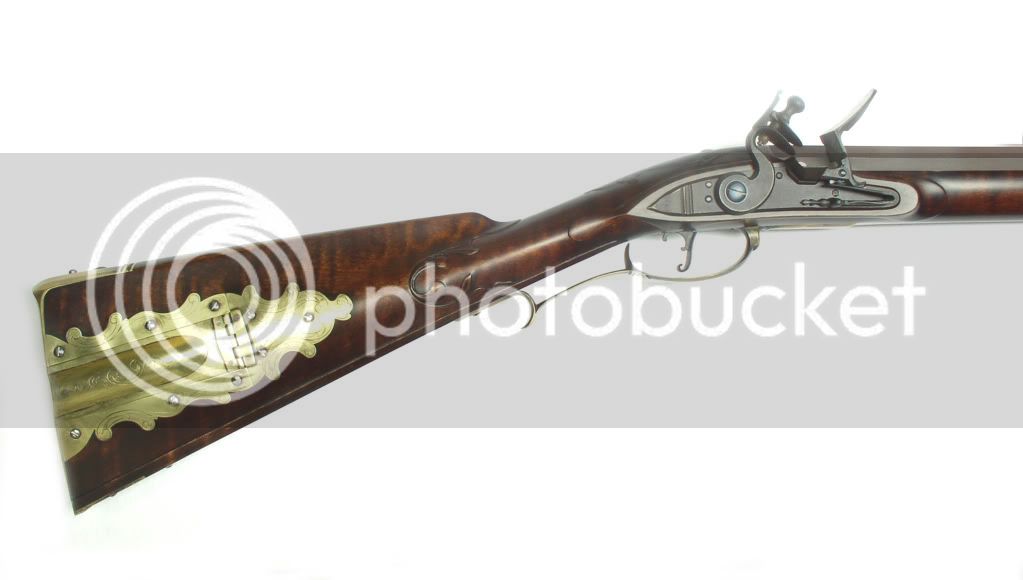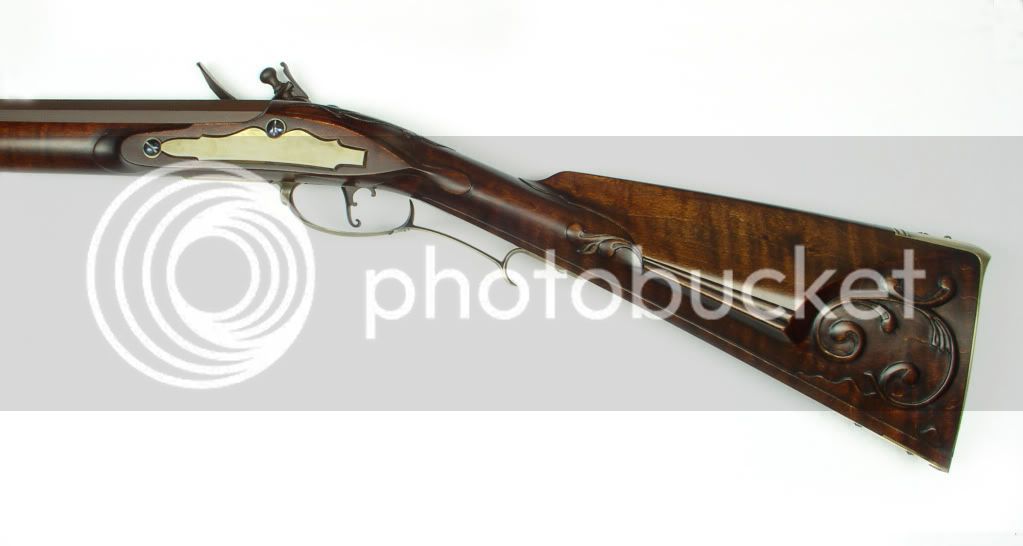Anyone who can explain the difference between an Early and Late Lancaster.
I am looking to order parts to build one.
Is a chambers flint lock appropriate.
I would like to have a trigger I can set to make it a lighter pull.
I would like it to be in 54cal so if I get a chance to hunt Elk I would have enough ball size to do the job.
I had planned to buy one from Flintlock.com but
after reading some of the posts about the pre-inlet stocks I am not so sure.
I think I will go with a stock that does not have more than the barrel & ramrod channels inlet.
Your assistance will be appreciated.
I am looking to order parts to build one.
Is a chambers flint lock appropriate.
I would like to have a trigger I can set to make it a lighter pull.
I would like it to be in 54cal so if I get a chance to hunt Elk I would have enough ball size to do the job.
I had planned to buy one from Flintlock.com but
after reading some of the posts about the pre-inlet stocks I am not so sure.
I think I will go with a stock that does not have more than the barrel & ramrod channels inlet.
Your assistance will be appreciated.
Last edited by a moderator:









